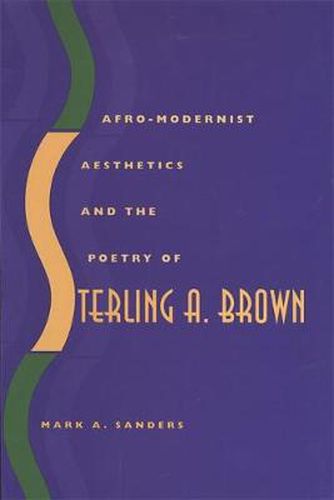Readings Newsletter
Become a Readings Member to make your shopping experience even easier.
Sign in or sign up for free!
You’re not far away from qualifying for FREE standard shipping within Australia
You’ve qualified for FREE standard shipping within Australia
The cart is loading…






Sterling A. Brown’s poetry and aesthetics are central to a proper understanding of African American art and politics of the early twentieth century. This study redefines the relationship between modernism and the New Negro era in light of Brown’s uniquely hybrid poetry and vision of a heterodox, pluralist modernism. Brown, also a folklorist and critic, saw the Harlem Renaissance and modernism as interactive rather than mutually exclusive and perceived the New Negro era as the dawning of African American modernity. Reading Brown’s three collections of poetry in light of their respective historical contexts, Sanders examines the ways in which Brown reconfigured black being and created alternative conceptual space for African Americans amid the prevailing racial discourses of American culture. Brown’s poetics call for revised conceptions of the Harlem Renaissance, black identity, artistic expression, and modernity that recognize the range, depth, and complexity of African American life.
$9.00 standard shipping within Australia
FREE standard shipping within Australia for orders over $100.00
Express & International shipping calculated at checkout
Sterling A. Brown’s poetry and aesthetics are central to a proper understanding of African American art and politics of the early twentieth century. This study redefines the relationship between modernism and the New Negro era in light of Brown’s uniquely hybrid poetry and vision of a heterodox, pluralist modernism. Brown, also a folklorist and critic, saw the Harlem Renaissance and modernism as interactive rather than mutually exclusive and perceived the New Negro era as the dawning of African American modernity. Reading Brown’s three collections of poetry in light of their respective historical contexts, Sanders examines the ways in which Brown reconfigured black being and created alternative conceptual space for African Americans amid the prevailing racial discourses of American culture. Brown’s poetics call for revised conceptions of the Harlem Renaissance, black identity, artistic expression, and modernity that recognize the range, depth, and complexity of African American life.